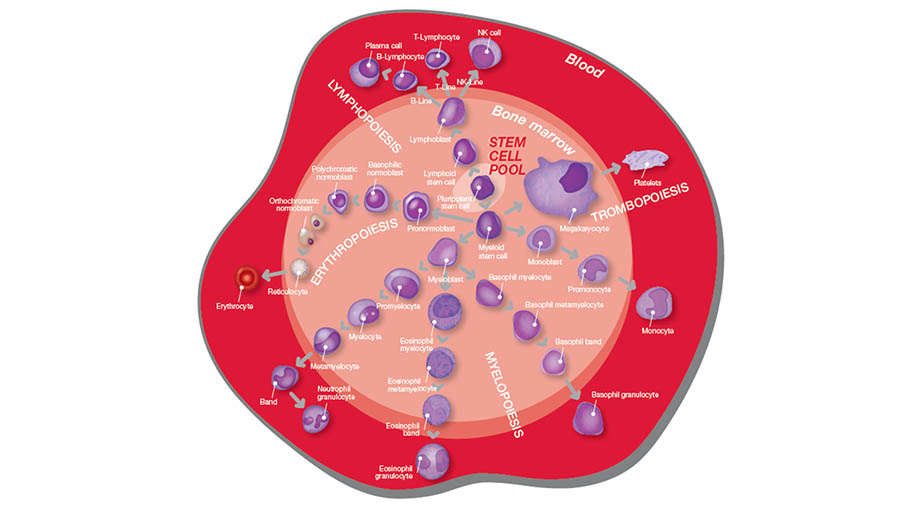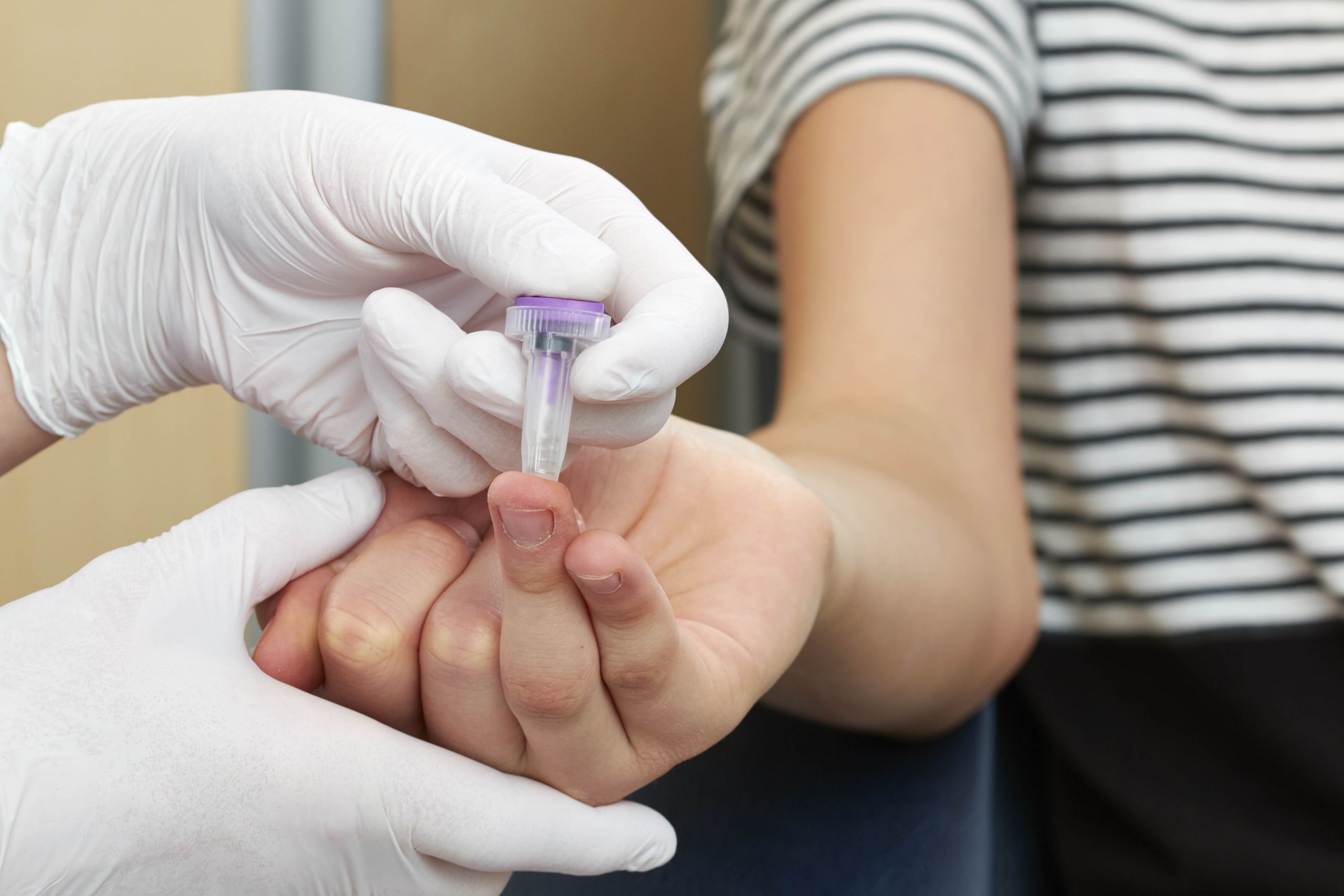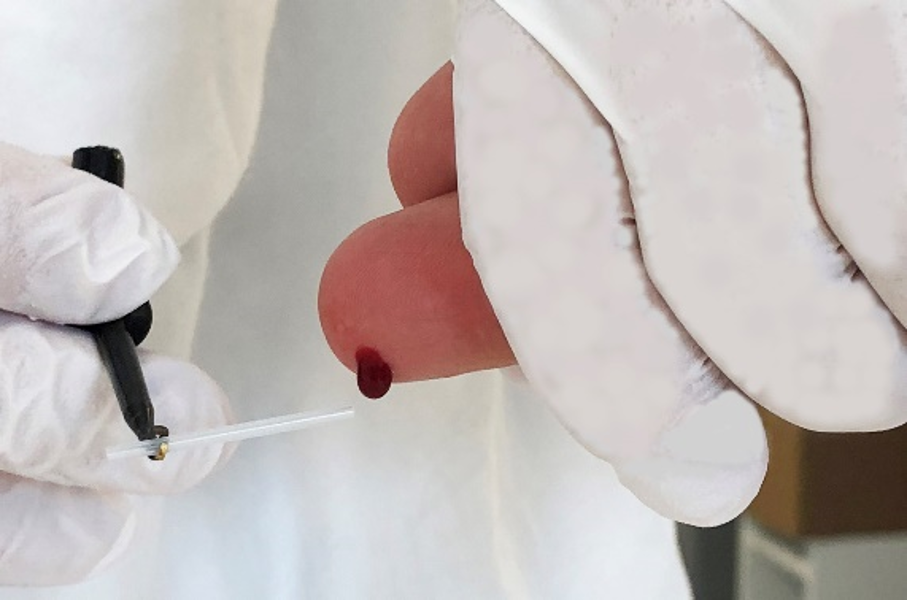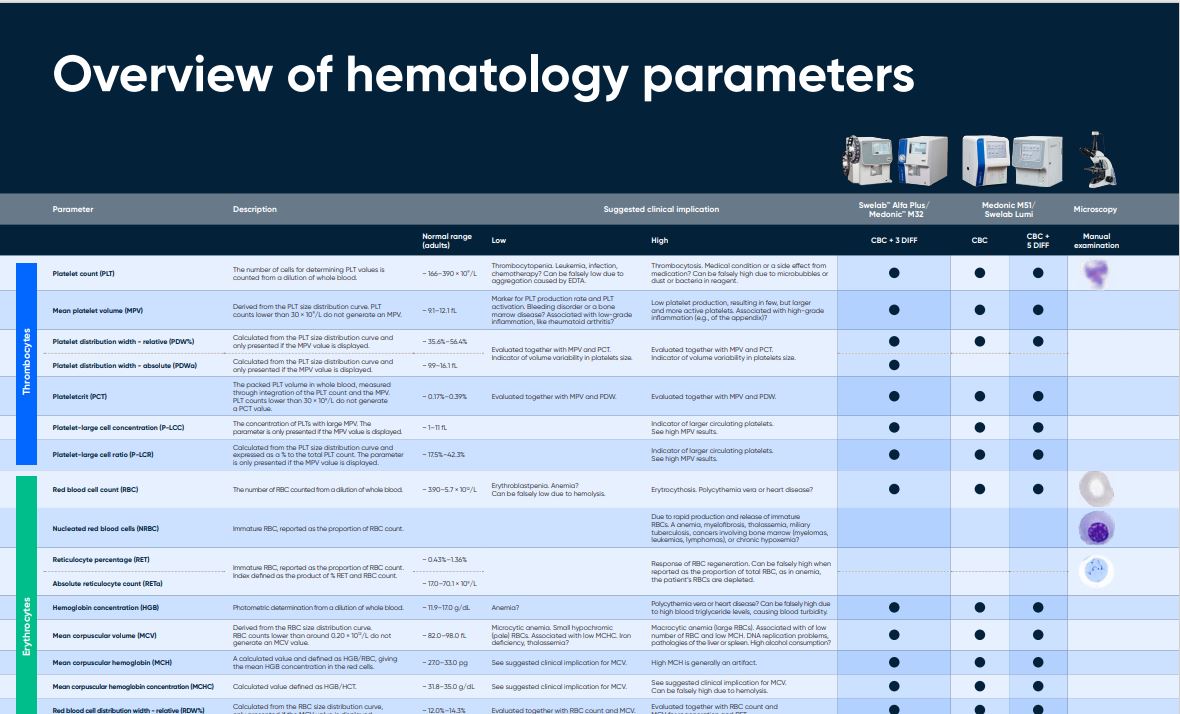Knowledge center

Expert in Hematology
Boule products and legacy solutions have been available for more than 65 years, this is the solid foundation of our current offer of hematology analyzers and formulation of consumables.
Our offering plays a key role in automated hematology analysis, requested in early disease investigations, it is often the first test requested by a physician to assess a patient’s health status. Automated hematology analyzers are commonly used by clinical laboratories in general health screenings, helping to provide accurate diagnostics to patients.
Explore a wealth of resources and expert content designed to support your continuous learning and knowledge.
Articles
Explore in-depth articles on hematology topics, including disease insights and diagnostic advancements.
Videos
Access educational videos demonstrating hematology analyzer operations and maintenance procedures.
Webinars
Participate in live webinars covering hematology diagnostics, featuring expert discussions and Q&A sessions.
What is a hematology analysis
A hematology analysis is usually the first test requested by a physician to evaluate a patient’s health status, and automated hematology analyzers are frequently used by clinical laboratories in general health screenings.

What’s the difference between 3-part and 5-part systems
A 3-part hematology analyzer provides sufficient information for most clinical settings. While 5-part analyzers can offer more detailed information on the white blood cells.

When a microscopic morphological count is needed
Automated hematology analyzers constitute quick and effective screening tools to monitor the overall blood status of a patient. However, such instruments do not identify all morphologically abnormal cell forms. Instead, the analyzers indicate cell abnormalities through system messages, so called parameter flags. In such cases, a manual examination of the sample by a microscopic morphological count is recommended.

How to support the safe use of blood donations
A blood transfusion can in many cases be the only therapy available to treat an acute or chronic health condition. To ensure transfusion safety, blood banks and transfusion centers use tools for making fast pre-donation blood cell determinations.

How to ensure cost efficiency in decentralized diagnostic testing
With today’s customer-centric approach to healthcare, near-patient testing is growing rapidly. In such clinical settings, capillary samples are typically used. To meet this need, Boule Swelab Alfa Plus and Medonic M32 hematology analyzers are equipped with a micro-pipette adapter (MPA) inlet.

Everything about hematology parameters
CBC test is frequently requested by physicians to evaluate patients’ blood status. Traditionally, a laboratory technician uses a microscope to manually count the red blood cells (erythrocytes), platelets (thrombocytes), and the white blood cells (leukocytes). Today, this type of analysis is conducted using an automated cell counter. In addition to reporting the blood cell counts, an automated hematology analyzer determines a range of other parameters.
However, abnormal cell variants and morphologies can be difficult for a hematology analyzer to distinguish from normal cell populations. Blood smear analysis therefore remains an important diagnostic tool to identify such cells. Typically, you let the analyzer do the actual cell count. Samples that are flagged as suspicious by the analyzer are further examined under the microscope at the same time as the presence of immature or abnormal cells is investigated. For an overview of hematology parameters, download poster.
